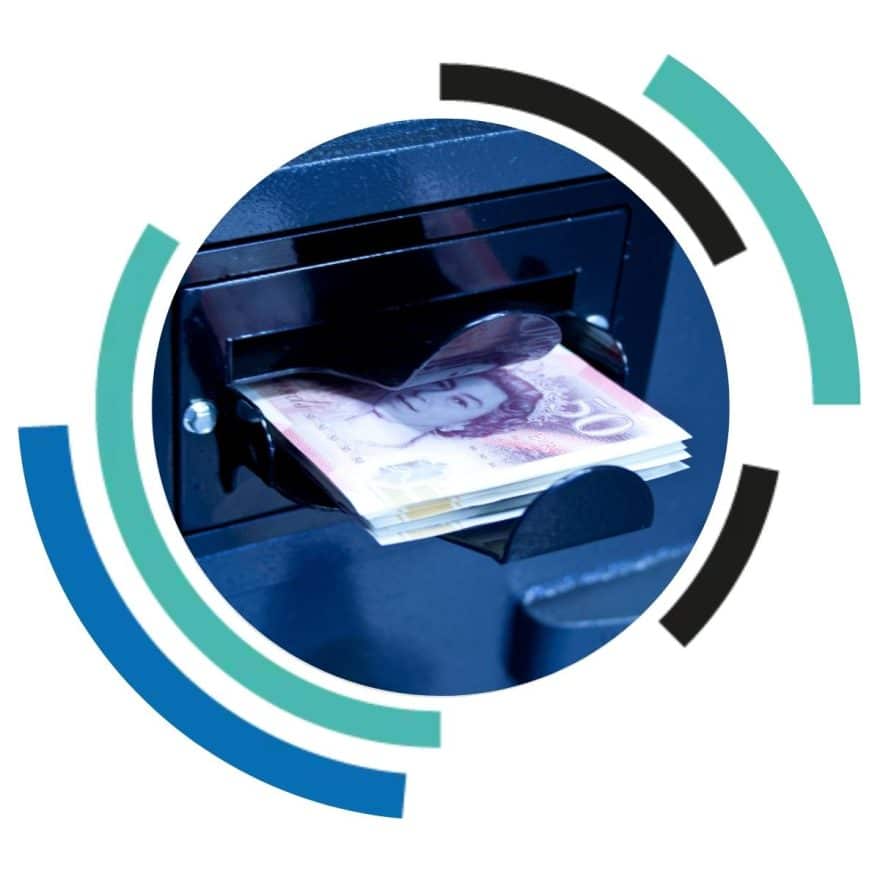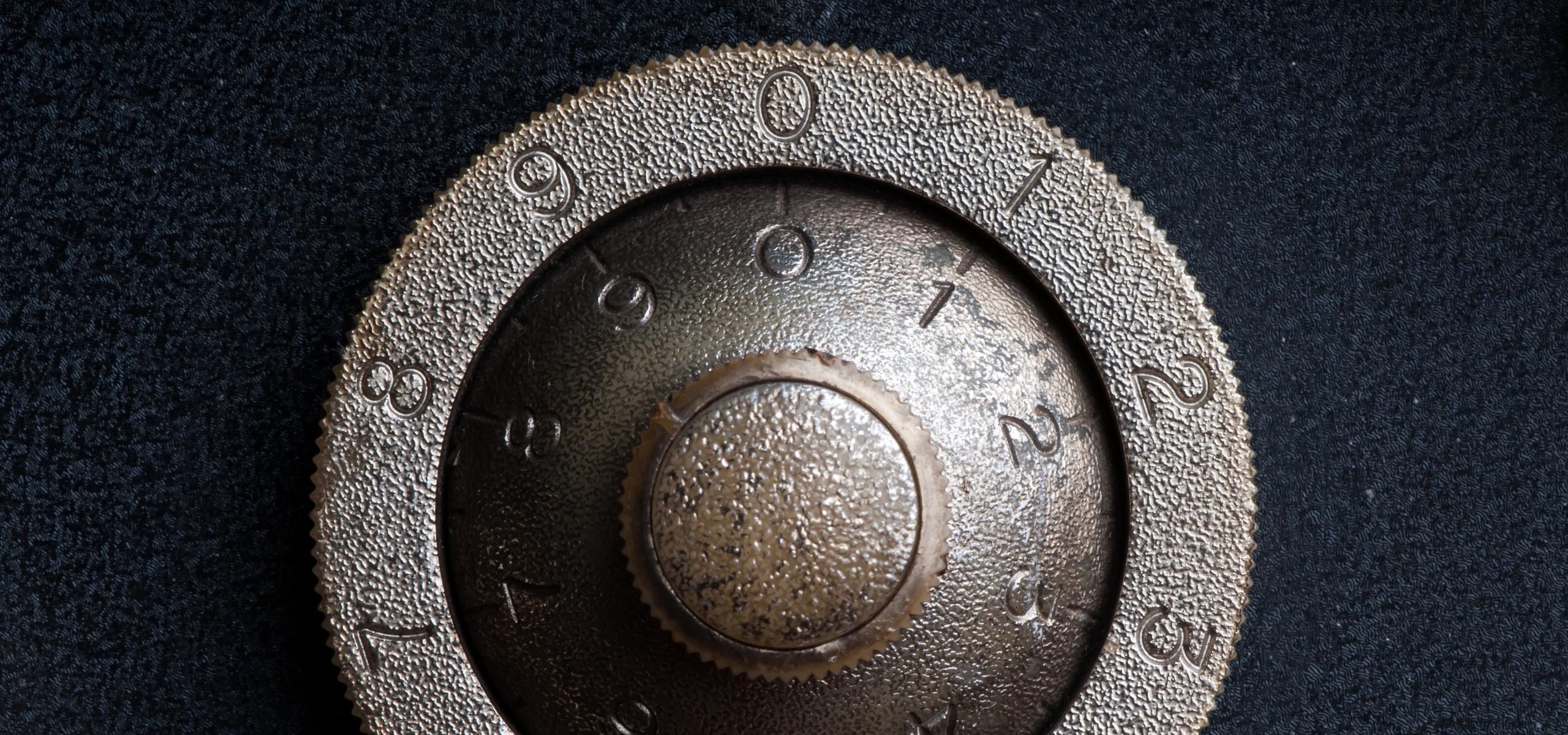Associated Security News
The Inflation Trap: Is Your Insurance Approved Safe Still Valid in 2025?
26th November 2025
You bought a high-quality insurance approved safe five years ago. You did the research, checked the insurance ratings, and felt secure knowing your valuables were protected. It was the perfect solution at the time.
However, the world has changed since 2020.
While your safe has remained the same, the value of what lies inside it has likely skyrocketed. Consequently, many UK homeowners and businesses are walking into a silent financial trap: underinsurance.
Here is why your “secure” insurance approved safe might currently leave you exposed—and how to fix it before it becomes a problem.
The Invisible Threat: Asset Inflation
Inflation affects more than just the weekly shop; it aggressively targets hard assets. Over the last five years, the market value of gold, luxury watches, and jewellery has outpaced standard inflation rates significantly.
If you have not updated your insurance valuation or your safe’s “cash rating” since 2020, you are likely storing high-value items in a container that no longer meets insurer requirements for an insurance approved safe.
The Maths: Why a 2020 Safe Fails in 2025
Let’s look at the numbers. Insurance ratings for safes are absolute—they do not adjust for inflation. A Grade 1 safe had a cash rating of £10,000 and a valuables rating of £100,000 in 2020. In 2025, it holds exactly the same rating.
Consider the “Gold Bar” Scenario:
- In 2020: You purchased 1kg of gold. The price was approximately £40,000. You stored it in a Grade 0 safe (rated for £6,000 cash / £60,000 valuables). You were fully covered with room to spare.
- In 2025: That same 1kg bar is now worth over £65,000.
- The Result: Your gold now exceeds the safe’s £60,000 limit. If a theft occurs, the insurer could reject the claim entirely or pay out only a fraction of the loss.
This same logic can also apply to luxury timepieces. The luxury-watch market rose sharply 2020–2022 but showed mixed results and some stabilisation in 2023–2025. A Rolex or Patek Philippe collection valued at £90,000 five years ago could easily command £150,000 today depending on the model and rarity. If that collection sits in a Grade 1 safe (capped at £100,000 coverage for valuables), you are carrying a £50,000 risk every single night.
Understanding the “Valuables Multiplier”
To check your status, you must understand the rating system. The AiS (Association of Insurance Surveyors) is the leading UK trade authority in the insurance sector, providing guidance and maintaining the Official Safe List used by insurers. They assign a ‘Cash Rating’ to every certified safe, reflecting testing results and insurance recommendations. Most retailers and insurers rely on these ratings when selecting and approving insurance approved safes for coverage.
Typically, insurers apply a 10x multiplier to this figure for jewellery and valuables.
- Grade 0: £6,000 Cash = £60,000 Valuables
- Grade 1: £10,000 Cash = £100,000 Valuables
- Grade 2: £17,500 Cash = £175,000 Valuables
- Grade 3: £35,000 Cash = £350,000 Valuables
- Grade 4: £60,000 Cash = £600,000 Valuables
- Grade 5: £100,000 Cash = £1,000,000 Valuables
- Grade 6: £150,000 Cash = £1,500,000 Valuables
- Grade 7: £250,000 Cash = £2,500,000 Valuables
Note: Always confirm this multiplier with your specific broker, as policies differ.
The Solution: Audit, Appraise, Upgrade
Ignoring this gap is dangerous. Fortunately, solving it is straightforward.
- Get a Current Valuation: Stop guessing. Take your jewellery, watches, or bullion to a professional valuer immediately. You need a 2025 “Replacement Value” figure, not the price you paid years ago.
- Check Your Certification Plate: Open your safe and look for the metal certification plate (usually on the inside of the door). Identify the Eurograde (EN1143-1) to confirm it remains an insurance approved safe.
- Compare and Upgrade: If your new valuation exceeds your safe’s rating, you must upgrade. Moving from a Grade 1 to a Grade 3 or Grade 5 safe ensures you stay ahead of market fluctuations for years to come.
If replacing or upgrading your safe is impractical, you can consider alternatives:
- Using a safe deposit box like the Safe Deposit Centre Manchester for particularly valuable items.
- Splitting valuables across multiple safes to stay within each safe’s insured limit.
Furthermore, modern high-grade EN1143-1 safes from our manufacturer, like SMP Security, can also be made with lighter-weight composite and advanced barrier materials. This makes them easier to install in homes without requiring reinforced floors, despite offering superior protection.
Don’t Wait for a Claim to Find Out
Security is about peace of mind. You cannot have peace of mind if you are secretly underinsured.
Take ten minutes today to calculate the current value of your assets. If the numbers don’t add up, contact our team. We can guide you toward a high-security solution that protects your wealth at its current value, not what it was worth five years ago in a previously insurance approved safe.
Sources:
Gold Price History, Watch Price History, Watch Price History
Insurance Claims Refusals, Insurance Claim Refusals
AiS, Redbook Live, LPCB, British Safe and Vault Trade Association
Get in Touch
Make an enquiry
PLEASE NOTE: Emails are monitored during normal office hours only. If you require urgent attendance of a locksmith or safe engineer please call our help desk on 0161 832 2777.



